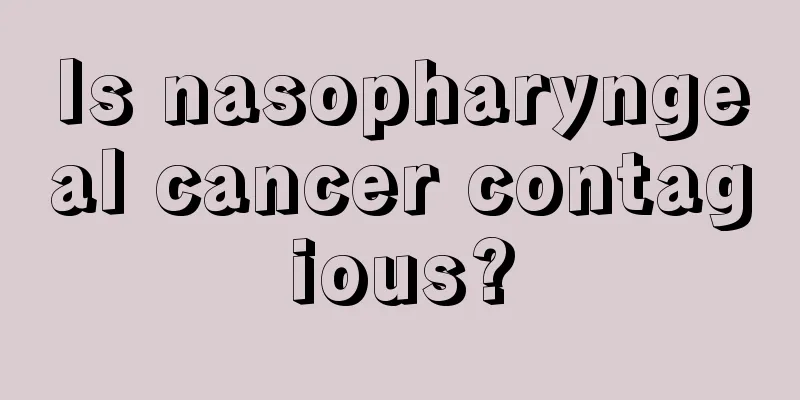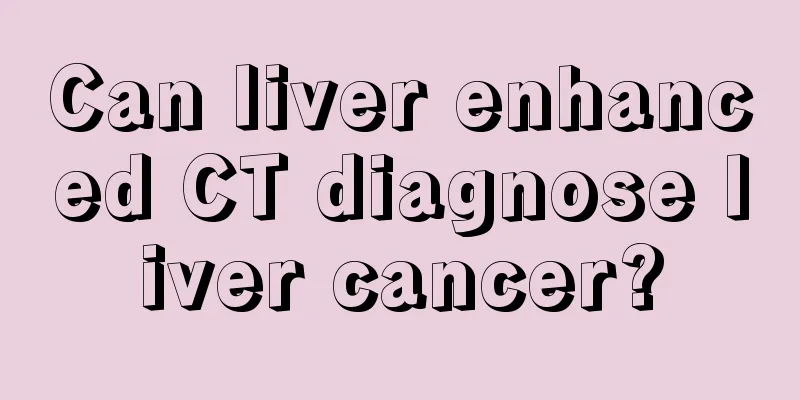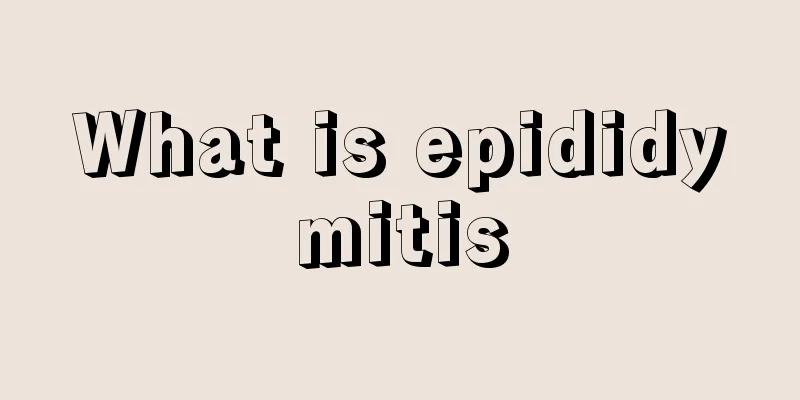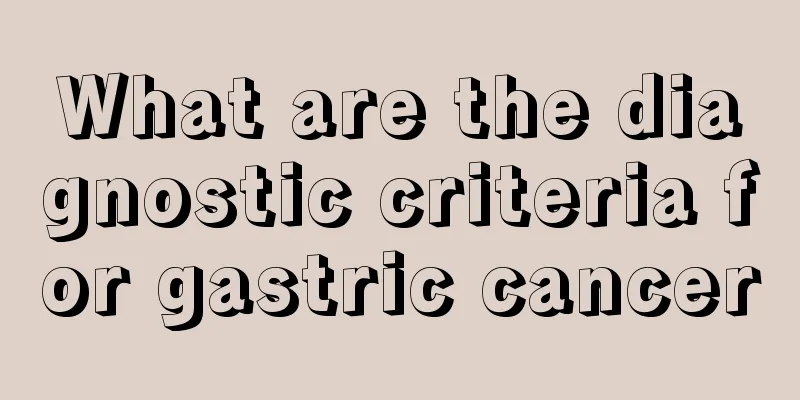Is interventional treatment for liver cancer good? Interpretation of the advantages and disadvantages of interventional treatment for liver cancer
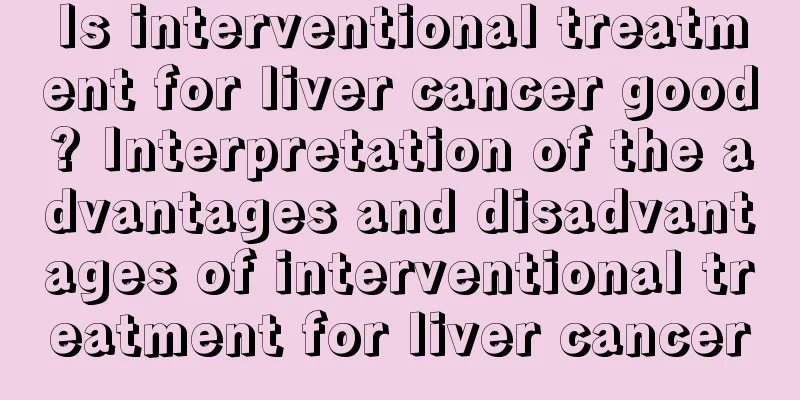
|
Primary liver cancer is one of the common malignant tumors in my country. Due to the insidious onset of the tumor, most patients are already in the middle or late stages when they seek medical treatment. The surgical resection rate is low and the recurrence rate is also high. Interventional therapy uses hepatic artery catheterization chemotherapy and embolization to treat liver cancer that cannot be surgically removed and liver cancer that recurs after surgery, and has achieved good results. Hepatic arterial chemoembolization has the following effects: (1) Blocking the blood supply to the tumor causes severe ischemia and necrosis of the tumor, which shrinks and facilitates surgical resection; (2) Increase local chemotherapy drug concentration, enhance anti-tumor effects, and reduce toxic and side effects; (3) Control bleeding caused by tumors; (4) Relieve intractable pain caused by tumors; (5) Stimulate the body's immune response. After radiological interventional therapy, if the tumor is significantly reduced, surgical resection can be performed to achieve a radical cure. Interventional therapy is the most commonly used treatment for liver cancer, but what are the limitations of this method? Liver cancer mainly relies on the hepatic artery for blood supply, but there is portal vein blood supply around the cancer mass, so cancer cells can "survive in vain". Even if the operation is carried out superselectively, due to reasons such as high-pressure injection, it may cause accidental thrombosis, shunting and inevitable micro-metastasis; some patients' blood vessels are blocked after one treatment, making it difficult to operate again. Advantages of interventional treatment for liver cancer: ① The efficacy is definite. Successful patients can see a rapid decrease in AFp, reduction of tumor mass, and relief of pain. ② Scientific mechanism: The local drug concentration of interventional treatment is dozens of times higher than that of systemic chemotherapy, and it blocks the blood supply to the tumor. Therefore, it has a good two-pronged effect and less toxicity than systemic chemotherapy. ③ The operation is simple and easy, safe and reliable. ④ The elderly, weak and those with certain diseases can also undergo the procedure without general anesthesia and need to stay awake. ⑤ The cost is relatively low. ⑥ It can be repeated, and the diagnostic angiography is clear and easy to compare. ⑦ For some liver cancers, the volume can be reduced and then resected in two steps. ⑧ It can be used as one of the important means of comprehensive treatment of advanced tumors. Disadvantages of interventional treatment: ① Liver cancer mainly relies on the hepatic artery for blood supply, but there is portal vein blood supply around the cancer mass, so cancer cells can "survive in peace". ② The operation is difficult to a certain extent. The catheter should be super-selectively entered into the blood supply artery for better efficacy, but sometimes it is difficult to enter the hepatic artery. Some liver cancers can be supplied by multiple blood vessels. ③ Despite super-selective entry, there are still obvious side effects. According to the data analysis of our hospital, the digestive tract has the most reactions. ④ Patients with portal vein cancer thrombus should consider or remove the cancer thrombus as appropriate. ⑤ Even if the operation is carried out super-selectively, due to reasons such as high-pressure injection, it may cause accidental thrombus, shunt and inevitable micro-metastasis. ⑥ There is still damage to normal liver cells, and a few patients even have liver dysfunction. ⑦ The effect is not satisfactory for patients with large cancer masses. ⑧ Some patients have blocked blood vessels after one treatment, making it difficult to operate again. Experts online remind: Once you find any physical abnormalities, you should check and seek medical treatment in time to avoid missing the best treatment period. |
<<: How to detect asymptomatic early liver cancer Two points to note when treating liver cancer
>>: Is primary liver cancer contagious? Introduction to common knowledge about primary liver cancer
Recommend
What's the matter with the half-moon on the fingernail?
There is a saying that one can judge the physical...
What exercises can patients with cervical cancer do
What kind of exercises can patients with cervical...
What is causing the back pain and leg numbness?
If you often feel back pain or leg numbness, you ...
Is vinegar effective in removing dental tartar?
Many people choose to use vinegar to remove denta...
Can you still survive with late-stage testicular cancer
How long can patients with advanced testicular ca...
Where is the gastric antrum located in the stomach?
People in modern society obviously know more abou...
A brief discussion on the early diagnosis and treatment of lymphoma
The "lymphoma" that people often talk a...
What are the dangers of breast cancer
With the change of living environment, many women...
How to relieve submerged sweating?
Many of our friends sweat a lot under their armpi...
Can surgery be performed on early stage nasopharyngeal carcinoma?
Can surgery be performed on early-stage nasophary...
What to eat for constipation in autumn
The wind is relatively strong in autumn, which ca...
Where should I scrape if I have trouble sleeping
In recent years, in addition to cupping, a kind o...
Several effective treatments for ovarian cancer
As the medical community pays more attention to w...
How much does comprehensive treatment of skin cancer cost
How much does comprehensive treatment of skin can...
How to remove foreign objects from the ear
The ear is our organ for hearing sounds. It is a ...
